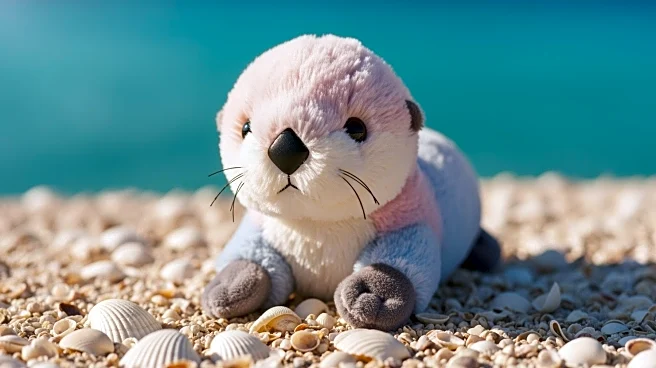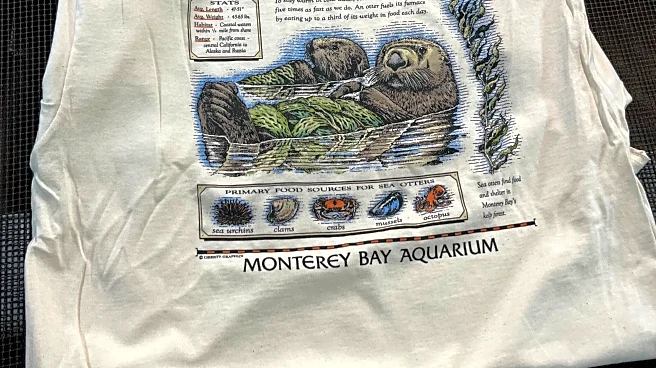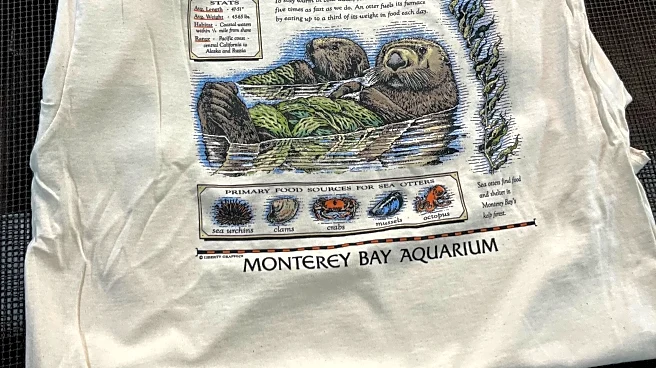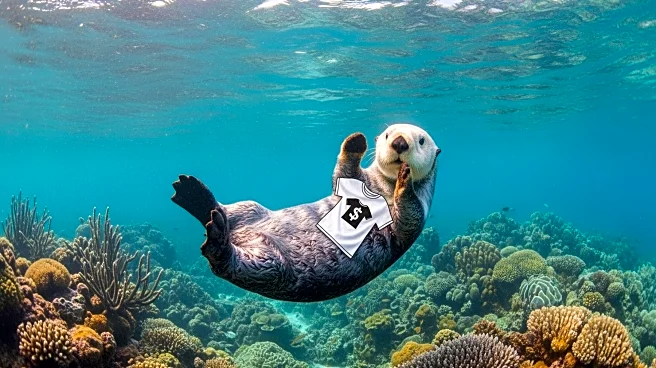What's Happening?
A Northern California aquarium has successfully raised over $2 million for sea otter conservation following Taylor Swift's appearance wearing a vintage Monterey Bay Aquarium otter conservation T-shirt. The shirt, last produced in the 1990s, gained immense
popularity after Swift wore it during a release party for her new album. The aquarium decided to re-release the T-shirt as part of a fundraising campaign, initially aiming to raise $1.3 million. The campaign quickly surpassed its goal, generating approximately $100,000 in sales every 15 minutes. The funds will support the aquarium's efforts to aid injured and orphaned otters.
Why It's Important?
The fundraising success highlights the significant influence of celebrity endorsements on conservation efforts. Taylor Swift's involvement has brought attention to the plight of sea otters, a species facing numerous environmental challenges. The funds raised will enhance the aquarium's ability to rehabilitate and protect these marine animals, contributing to broader ocean conservation initiatives. This event underscores the potential for leveraging popular culture to drive environmental awareness and action, benefiting both the species and the ecosystems they inhabit.
What's Next?
The Monterey Bay Aquarium plans to continue accepting back-orders for the T-shirt, ensuring ongoing support for its conservation programs. The collaboration with Liberty Graphics, which produces the shirts using sustainable materials, will further promote eco-friendly practices. The aquarium's success may inspire other organizations to explore similar strategies, using celebrity influence to boost fundraising and awareness for environmental causes.
Beyond the Headlines
This development also raises questions about the role of consumer culture in conservation efforts. While the immediate financial impact is positive, it highlights the reliance on celebrity-driven campaigns to engage the public in environmental issues. The long-term sustainability of such strategies remains uncertain, prompting discussions on how to maintain interest and support for conservation beyond the initial surge.














